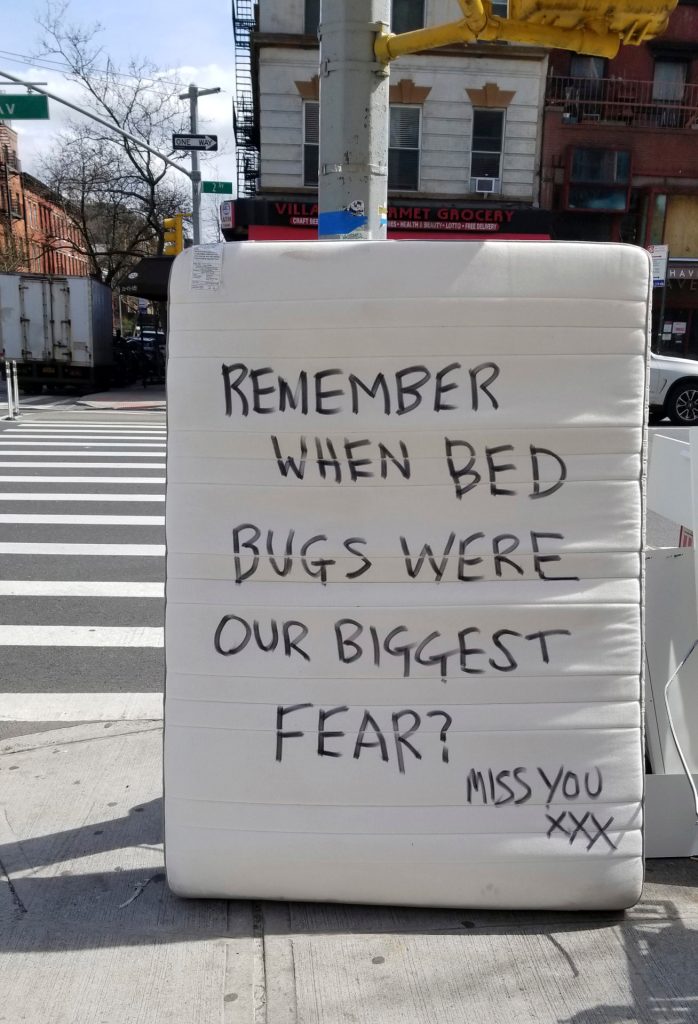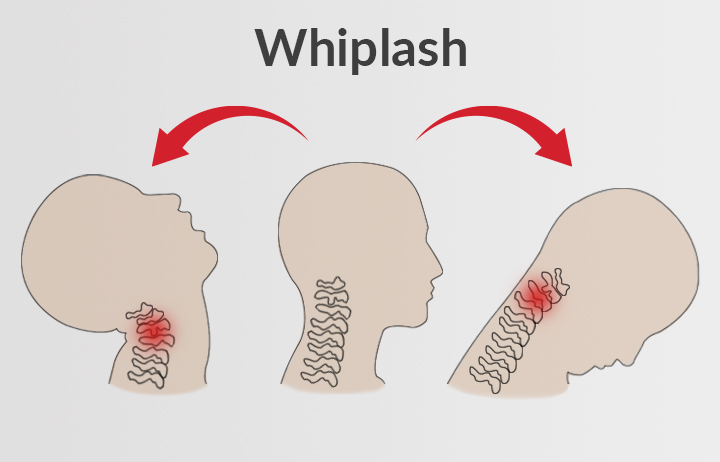
Having just relocated to the North Shore of Oahu, I have had much to learn in the way of stamina and technique. With surfing, developing your ability to read the waves, and how to navigate through a quickly changing ocean comes only by putting ones time in the water. As the body is developing better mechanics to do a task like paddling, there is always a point of exhaustion where poor posture, and improper use of muscle groups can cause injury. In the case of overuse, Latts, a primary muscle in the overhead motion of paddling becomes burned out, and other weaker muscles will compensate and take over for its task. Namely the muscles of the ribs. If you are new to paddling, not to fear. Everyone goes through some version of rib injury when building up strength, or pushing to a new levels.
Ive heard from a handful of surfers about pain under the rib, that becomes sharp when laying on the board, and when breathing. Specifically inhalation. Many North Shore veteran surfers with 3 or 4 winters under their belt will tell you that it’s a rookie injury, and whereas that may be totally true in one sense, a repetitive strain injury of the intercostal muscle can happen to anyone who is surfing a lot. Intercostals is a breathing muscle that assists in inhalation and helps to stabilize the ribs. When the latts become overworked, a surfers stroke can shift from digging into the water under the rails, to dragging a more diagonal line inwards under the board. When a diagonal paddling line is drawn its because other muscles have taken over and are compensating for Latts inability to fire. These muscles typically are intercostals and transverse abdominis (an abdominal muscles located partially under the lateral rib) These muscles aren’t meant to take on so much tension, and if the diagonal stroke is repeated, causes a strain over and over again. Pain, and sending inflammation to these muscles is the bodies way of stopping you from continuing to cause additional injury.

When you’ve experienced an injury it is not just the site locally that is affected, its an entire response from the body. When an inflammatory process is taking place, it can activate immune responses that can cause flareups of chronic conditions, and create physical and mental exhaustion. Properly healing from a strain injury is a full time job. Essentially, you have just messed with the balance of a muscle group, and its ability to perform normal lifestyle tasks. To some athletes, a strain can be a worse scenario than a fracture, because a fracture at least keeps you out of your event. A strain tends to elicit a lackluster healing effort because strains will begin to feel better as the local inflammation goes down. That being said, lower inflammation within the healing process should be looked at as an opportunity to stretch and create better mobility at an injured area, not going from 0-10 and getting back out there. A strain should be treated as a micro tear of a muscle, so when one begins to exert larger forces on the tissue it will compound the original injury. This is why a surfers rib injury can last an entire winter when no real rest period is observed.
How do we heal an intercostal strain? Rest. There is really no way around it. If you want your rib strain to heal you need to start with zero surfing, and gradually work your way back into the water. Since pop ups, and wave time are so much lower than paddling time, it is essential to understand that paddling is what continues to compound your injury, not the surfing itself. You can still practice form outside of the water. What you need to stay away from is paddling with a strained intercostal. Over a seven day period of rest, the inflammation cycle will likely hit its peak and the best thing to do is gentle opening stretches of the rib, the same side hip flexor, abdominals, and latts. Stretching at this point is good in moderation to begin creating space in an area that has become compressed and shortened. With intercostal strains, breathing and movement can be excruciating at times, so take advantage of lower inflammation to achieve some relief through stretching. As far as surfing goes, I can only reccomend getting back out there at the pace that allows longevity in your surfing. Rushing back into heavy paddling sessions will only prolong your injury.
reefRX Medical Massage Therapy Clinic is located on the North Shore of Oahu. Contact the office at 518-344-0396 or email us at reefrxmedical@gmail.com to make an appt in person or over zoom.















